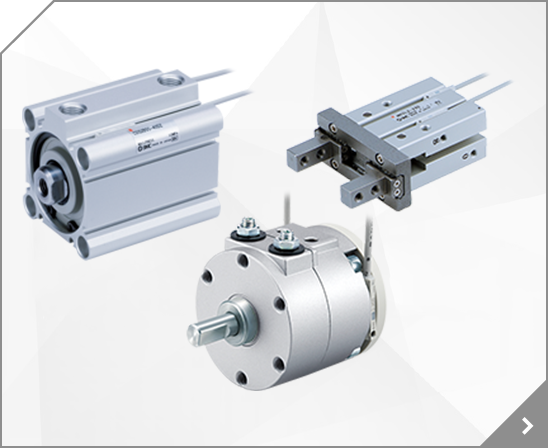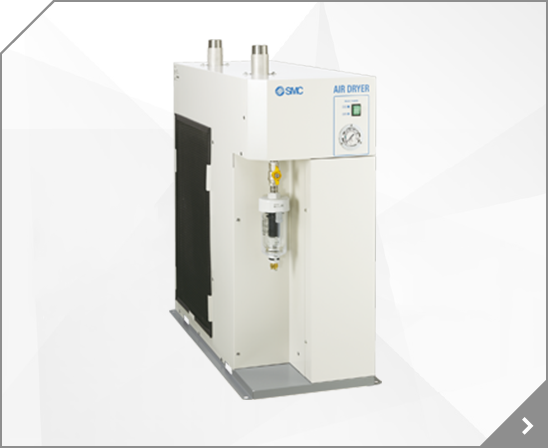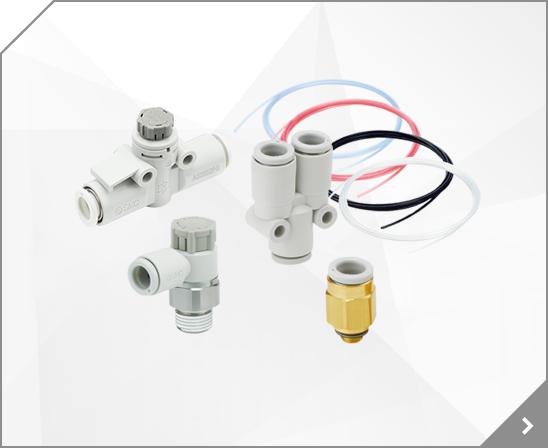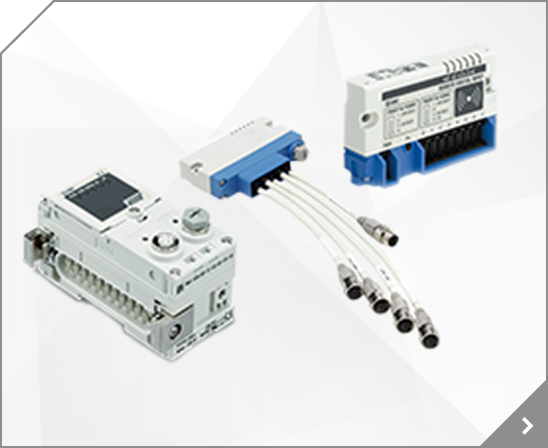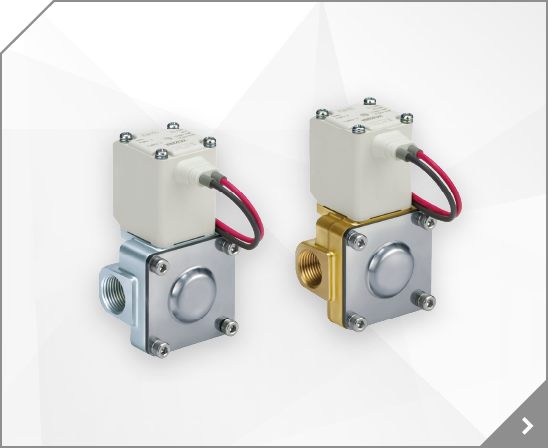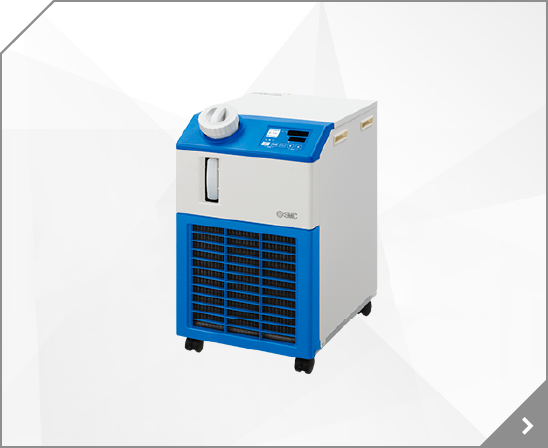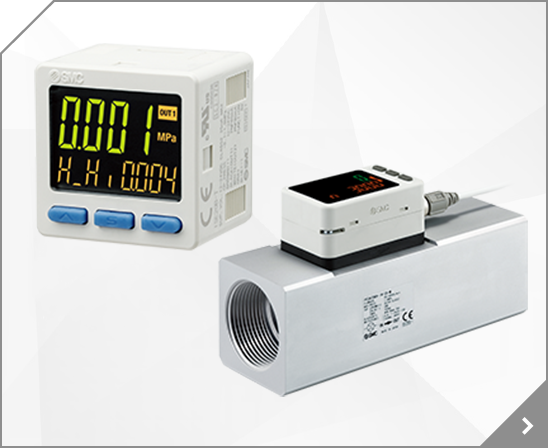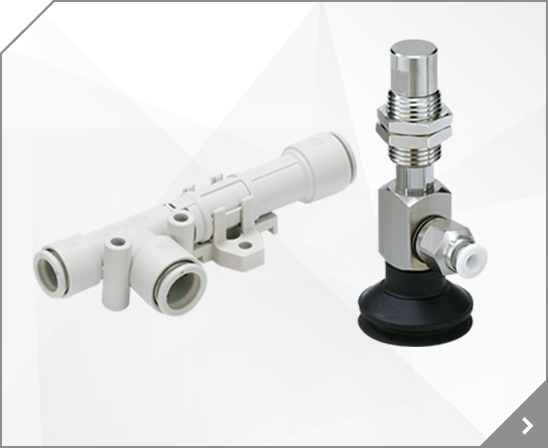
Delivery Pressure: J [10 to 1500 psig (0.07 to 10.3 MPa)], Relieving: 1 (Self-relieving, Standard), Material: C (300 SS Series), Ports: 4P (4 Ports), Connections: 4 (NPT 1/4 Inch), Gauge Port, Inlet: 20 [2000 psig (14 MPa)], Gauge Port, Outlet: 20 [2000 psig (14 MPa)], Pressure Gauge Unit: psig/bar (or None in Case of no Gauge), Main Valve Seat Material: Vespel®, Standard, O-ring Material
Delivery Pressure: J [10 to 1500 psig (0.07 to 10.3 MPa)], Relieving: 1 (Self-relieving, Standard), Material: C (300 SS Series), Ports: 4P (4 Ports), Connections: 4 (NPT 1/4 Inch), Gauge Port, Inlet: 20 [2000 psig (14 MPa)], Gauge Port, Outlet: 20 [2000 psig (14 MPa)], Pressure Gauge Unit: psig/bar (or None in Case of no Gauge), Main Valve Seat Material: PK (PEEK), O-ring Material: VitonÂ
Through the combination of parallel I/O inputs, 14 points of positioning are available.? The speed and acceleration of the positioning can be set by the switch for each operating direction.? A single signal sent to a dedicated terminal returns an actuator to the home position.?
Part Number Description: MFLD BASE 14-STA Product Line: V Product Line Description: VALVE Family Code: 347 Family Description: VV4Z/VV5Z MANIFOLD VZ 4/5 PORT Class Code: NJ Part Code: 2 Reference Code: K Click here to report information errorImage shown may not match exact part number, MFLD BASE 14-STA *LQA, VALVE, VV4Z/VV5Z MANIFOLD VZ 4/5 PORT, NJ, VV4/5Z* BASE MT
Through the combination of parallel I/O inputs, 14 points of positioning are available.? The speed and acceleration of the positioning can be set by the switch for each operating direction.? A single signal sent to a dedicated terminal returns an actuator to the home position.?
Through the combination of parallel I/O inputs, 14 points of positioning are available.? The speed and acceleration of the positioning can be set by the switch for each operating direction.? A single signal sent to a dedicated terminal returns an actuator to the home position.?
Through the combination of parallel I/O inputs, 14 points of positioning are available.? The speed and acceleration of the positioning can be set by the switch for each operating direction.? A single signal sent to a dedicated terminal returns an actuator to the home position.?
Through the combination of parallel I/O inputs, 14 points of positioning are available.? The speed and acceleration of the positioning can be set by the switch for each operating direction.? A single signal sent to a dedicated terminal returns an actuator to the home position.?
Through the combination of parallel I/O inputs, 14 points of positioning are available.? The speed and acceleration of the positioning can be set by the switch for each operating direction.? A single signal sent to a dedicated terminal returns an actuator to the home position.?
Through the combination of parallel I/O inputs, 14 points of positioning are available. The speed and acceleration of the positioning can be set by the switch for each operating direction. A single signal sent to a dedicated terminal returns an actuator to the home position.
Through the combination of parallel I/O inputs, 14 points of positioning are available. The speed and acceleration of the positioning can be set by the switch for each operating direction. A single signal sent to a dedicated terminal returns an actuator to the home position.
Through the combination of parallel I/O inputs, 14 points of positioning are available. The speed and acceleration of the positioning can be set by the switch for each operating direction. A single signal sent to a dedicated terminal returns an actuator to the home position.
Through the combination of parallel I/O inputs, 14 points of positioning are available. The speed and acceleration of the positioning can be set by the switch for each operating direction. A single signal sent to a dedicated terminal returns an actuator to the home position.
Through the combination of parallel I/O inputs, 14 points of positioning are available. The speed and acceleration of the positioning can be set by the switch for each operating direction. A single signal sent to a dedicated terminal returns an actuator to the home position.
Through the combination of parallel I/O inputs, 14 points of positioning are available. The speed and acceleration of the positioning can be set by the switch for each operating direction. A single signal sent to a dedicated terminal returns an actuator to the home position.
Through the combination of parallel I/O inputs, 14 points of positioning are available. The speed and acceleration of the positioning can be set by the switch for each operating direction. A single signal sent to a dedicated terminal returns an actuator to the home position.
Through the combination of parallel I/O inputs, 14 points of positioning are available. The speed and acceleration of the positioning can be set by the switch for each operating direction. A single signal sent to a dedicated terminal returns an actuator to the home position.
Through the combination of parallel I/O inputs, 14 points of positioning are available. The speed and acceleration of the positioning can be set by the switch for each operating direction. A single signal sent to a dedicated terminal returns an actuator to the home position.
Through the combination of parallel I/O inputs, 14 points of positioning are available. The speed and acceleration of the positioning can be set by the switch for each operating direction. A single signal sent to a dedicated terminal returns an actuator to the home position.
Through the combination of parallel I/O inputs, 14 points of positioning are available. The speed and acceleration of the positioning can be set by the switch for each operating direction. A single signal sent to a dedicated terminal returns an actuator to the home position.
